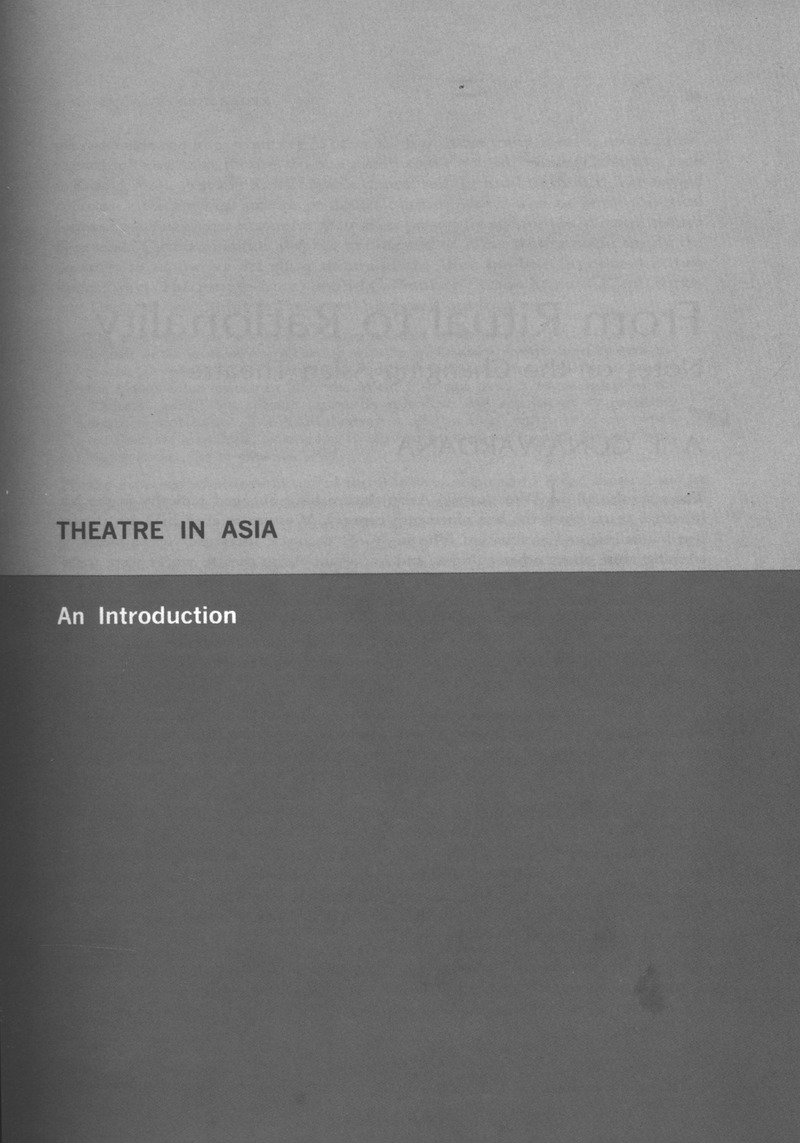No CrossRef data available.
Article contents
Theatre in Asia: An Introduction
Published online by Cambridge University Press: 07 December 2021
Abstract

- Type
- Introduction
- Information
- Copyright
- Copyright © 1971 The Drama Review
References
1 It is true that the extensive and still growing literature on the theme of modernization reveals complicated problems of theory and application not easily resolved. For example: Is the normative framework derived, as modernization is, from the experience of industrially advanced Western nations truly relevant to the very different Asian situation? Or: Can the social sciences today dare to postulate absolute criteria for a very complex process like modernization? (Japan is a case in point: although highly industrialized and affluent, Japanese society still contains traditional practices which are not “modern” by Western standards.) Many writers protest that the data necessary to make definitive judgments on modernization in Asia are lacking. But even in spite “of these questions and reticences, there is a broad consensus on the primary elements of the process of modernization.
2 Shils, Edward, “The Military in the Political Development of the New States,” in The Role of the Military in Underdeveloped Countries, ed. Johnson, John J. (Princeton: Princeton University Press, 1962), pp. 60–61.Google Scholar




